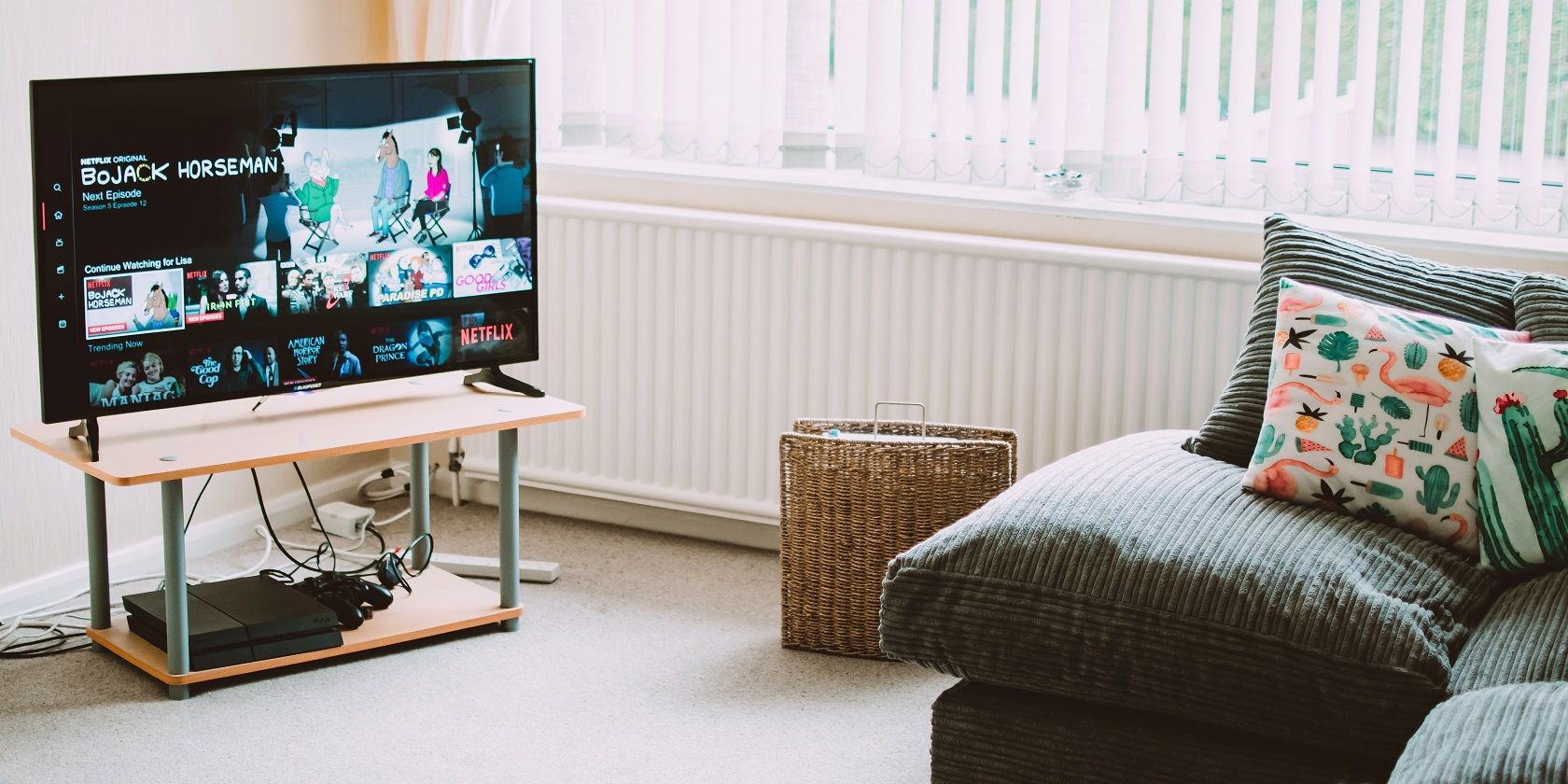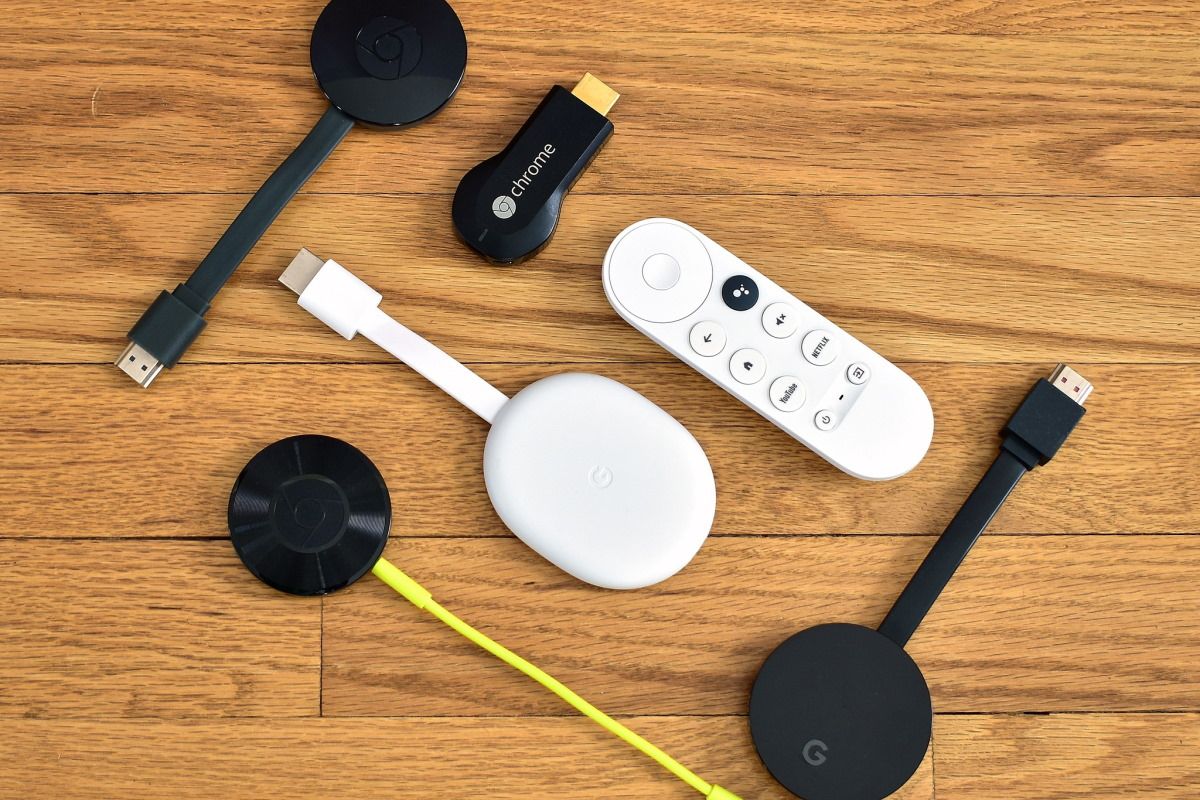A notable effect of the times we live in is that every new tech or appliance is now “smart.” We now have devices that are designed with more features than is needed for their original use. Phones not only act as communication devices but also media and photography tools. Watches not only tell time but also track your fitness level and act as media devices.
This trend hasn’t skipped the TV sector, hence smart TVs. So, what is a smart TV? What can a smart TV do? What makes it different from a normal TV set? Well, if you are confused, you don’t have to be.
In this article, we will answer all those questions and also explain how to make your "dumb TV" smart. We will also check out the pros and cons of using a smart TV. So, let’s begin.
What Is a Smart TV?

Smart TVs are TVs that have built-in internet connectivity that can access the web either through your home Wi-Fi or an Ethernet cable. Smart TVs are a hybrid of features of a computer, television, and digital media players. They serve the basic function of a TV, while also giving you access to added features like internet TV, video streaming, web browsing, and gaming.
Smart TVs come with their own operating system, which contains a range of games, apps, and other digital services normally seen on smartphones. They provide access to regular television channels and are not solely dependent on the external antenna, Cable, or A/V sources. So, what does a smart TV do and how does it differ from a normal (or dumb) TV?
What Can a Smart TV Do?
There are many brands of smart TVs, and they have different smart platforms. Some smart TVs are built with proprietary platforms and some use Android or webOS, but all are built with considerably more features than the normal TVs. They offer different functions depending on brand and price point, but the notable ones are:
1. Stream Online Content

You can stream online content on your smart TV since they can readily access the internet and have smart platforms that support several streaming apps. You can also use a smart TV to watch over-the-top content shows or videos that are distributed over the internet. Most smart TVs are optimized for streaming and come with pre-installed streaming apps, like Netflix, Amazon Prime, and YouTube.
2. Surf the Web
Most smart TVs are made with built-in web browsers which give you access to your favorite websites. You can browse through your favorite social media sites, read news, and check the latest weather reports without picking your phone or laptop.
3. Video Calls and Conferencing

Smart TVs are capable of video calls and conferencing as most are made with webcams or have support for external webcams. This is another fine way to use those large displays, especially in large video conference meetings.
4. Play Games

Most of the apps that are optimized for smart TV are usually video-based, but apps with games are becoming more popular now. This could be a unique way of entertaining guests or kids with games like Scrabble or Sudoku.
5. Sync and Control Other Smart Devices
You can connect your smart TV to your other smart devices, like Alexa, Google Nest, or Ring. With this, you can control your house or office lighting, temperature, and sound system through your TV.
6. Voice Control
Most smart TVs have voice assistants which you can use to control the TV with just the sound of your voice. This convenient feature means even without the remote, you can change apps, control volume, rewind, and turn the TV off with just words.
7. Smart Screen for Presentation
Some smart TVs are touchscreen capable, meaning you could use them as smart displays, especially for presentations. This is an efficient way to go through slides either through voice command or by just swiping.
Differences Between a Smart TV and a Non-Smart or Dumb TV
A "dumb" TV is any TV that doesn’t have smart features, has no access to the internet, and is just a display screen. They are designed for one function—to receive signals from an antenna, cable, or A/V source. Some of the notable differences between a smart TV and a dumb TV are:
- Smart TVs have built-in streaming services, while you need an external device plugged into a dumb TV before it can stream.
- Smart TVs come with a graphical processing unit that enables them to display sharper and high-resolution images and videos. Dumb TVs are just plain displays and do not have GPUs in them.
- Smart TVs are fitted with multiple HDMI and USB ports and support quick and easy transfer of files through them. Dumb TVs are usually made with a few ports.
- Smart TVs have built-in Bluetooth capabilities, meaning Bluetooth-enabled devices like keyboards, mouse, and headphones can connect with them. Dumb TVs have no Bluetooth functionality in them except via a dongle.
- Some smart TVs have touchscreen capabilities and heavily depend on internet access for most of their features. Dumb TVs rarely have touchscreens and don’t need internet access for their limited features.
How to Turn Your TV Into a Smart TV

Smart TVs are loaded with significant features, hence they don’t come cheap. So, if you don’t have extra cash to splash on a new one, here are two ways to make your dumb TV a smart TV.
Using a Portable Streaming Stick
These are thumb-sized sticks that resemble USB pen drives. They can stream videos, pictures, and images to your TV using your Wi-Fi or internet via an HDMI port. With these TV sticks, you can access an array of streaming apps and also browse the internet on your TV. Notable examples are Amazon Fire Stick and Roku.
Most TVs have an HDMI port and if yours doesn’t, get an HDMI-to-RCA adapter that plugs into the red, white, and yellow ports in the back of your TV.
Using HDMI Dongles
This is an even cheaper option. A dongle is small computer hardware that connects the HDMI port on your computer to the HDMI port on your TV. With this, you can access the streaming app on your laptop and cast the screen on your laptop to the TV.
Advantages of Smart TVs
- Ease of Use: Smart TVs are built with convenience in mind. They are easy to set up and only require internet access to be fully operational.
- Access to a Wide Range of Content: The availability of several streaming apps on their platform provides many channels that offer a large number of programs, movies, and shows.
- Better Viewing Experience: Most smart TVs are made with superb screens. Images and videos are crispier, which makes whatever media you are watching more enjoyable.
- Convenience: With smart TVs, you are getting the best of all worlds. You get to enjoy internet TV via streaming and also traditional broadcast media all in one device.
Disadvantages of Smart TVs
While smart TVs are a technological marvel that provides a better level of entertainment, they also come with certain demerits.
Here are some of the downsides:
- Cost: Buying a good smart TV with better-than-average features is not cheap. And even after getting one, the added cost of streaming subscriptions on different apps is considerable.
- Security and Privacy Issues: Smart TVs are hyper-connected devices with cameras and mics built in them. If your device is breached, private and sometimes compromising information can be recorded with them.
- Over-Dependence on the Internet: To properly maximize the features of smart TVs, they need constant access to the internet. Without the internet, it reverts to being just a monitor.
Smart TVs Bring Smart Entertainment
Smart TVs are designed to take your average home viewing experience up a level. Whether you prefer to swing for or against smart TVs, the decision is yours. Hopefully, this article has helped you with information to weigh the pros and cons and make a decision that suits you best.